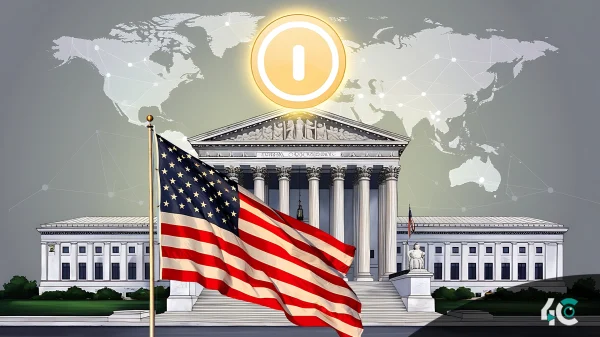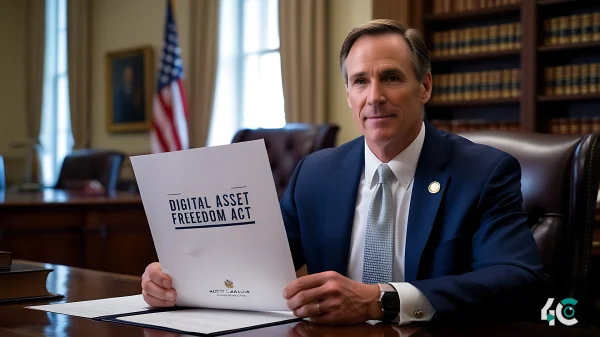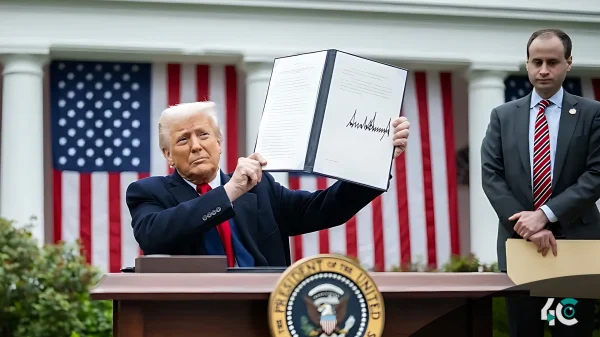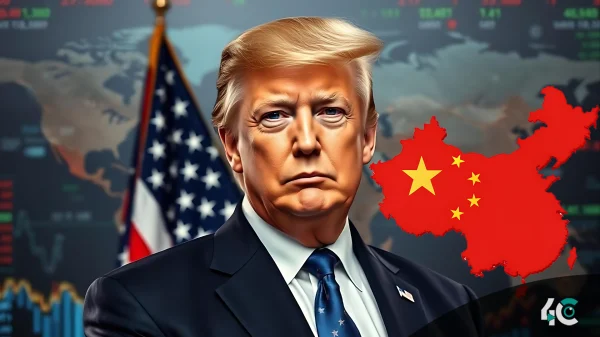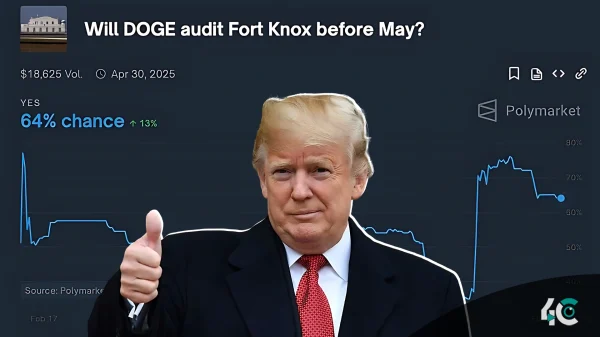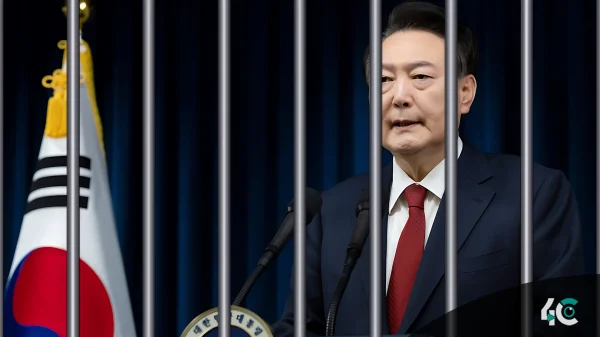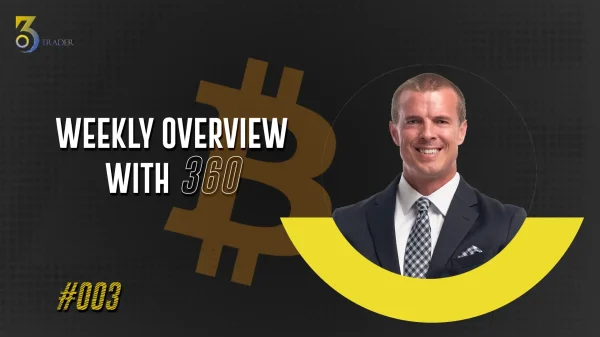The Stablecoin Surge 2025 marked a crucial shift in the financial landscape, influenced by global crises and economic stabilization. As regulatory clarity improved and adoption grew, stablecoins solidified their role in digital finance, reshaping investor confidence and market dynamics.
January 27, 2025 – Navigating Uncertainty
The year opened with a net outflow of stablecoins, as investors cautiously withdrew funds. Inflows totaled $18.6 billion, while outflows hit -$19.12 billion, leaving a balance of $63.13 billion.
Why the hesitation?
- Inflation fears: Central banks worldwide, including the Fed and ECB, hinted at aggressive rate hikes, spooking markets.
- Geopolitical tensions: Rising conflicts in the Middle East and U.S.-China trade disputes pushed investors toward safer assets.
- Regulatory uncertainty: Crackdowns in major markets like the EU left crypto holders wary, fueling demand for stablecoins as a temporary haven.

February 21, 2025—The Peak of Panic
By mid-February, stablecoin activity hit record highs. Inflows surged to $21.24 billion, outflows to -$20.33 billion, and the balance climbed to $67.75 billion—the highest in years.
Drivers of the frenzy:
- Central bank interventions: The ECB’s surprise stimulus package and Fed’s rate-hike pause triggered a stampede into stablecoins as a hedge.
- Geopolitical escalation: A Middle East ceasefire collapse and fresh U.S.-China tariffs sent shockwaves, pushing stablecoins to “safe asset” status.
- DeFi resurgence: Speculators flooded decentralized finance platforms, using stablecoins to chase high-yield opportunities.

March 18, 2025—Stabilizing After the Storm
By mid-March, flows stabilized, mirroring January’s levels. Inflows dropped to $1.21 billion and outflows to -$1.24 billion, with a balance of $63.14 billion.
What restored calm?
- Diplomatic progress: A U.S.-China trade truce and Middle East ceasefire eased tensions.
- Clearer crypto regulations: The EU’s MiCA 2.0 framework reduced legal ambiguity, attracting institutional players.
- Market fatigue: Traders retreated to assess the impact of macroeconomic trends, like AI-driven stock rallies.

Why Stablecoins Are the New Economic Barometer
Stablecoins have evolved beyond crypto infrastructure—they now reflect global economic health. Surging inflows signal fear; outflows suggest confidence. Key trends in 2025 include:
- Monetary policy ripple effects: Rate decisions directly sway crypto flows.
- Geopolitical leverage: Stablecoins act as a hedge during international crises.
- Regulatory sway: Clear rules boost adoption; uncertainty sparks panic.
Looking Ahead: Stablecoins in a Shifting World
The return to January’s balance by March hints at fragility. With major elections, AI disruptions, and climate-driven energy crises on the horizon, stablecoins will remain a critical tool for navigating uncertainty. One analyst observed, “Stablecoins serve as the glue that binds fractured markets together.”
Final Takeaway:
The 2025 stablecoin saga is not solely about cryptocurrency, but rather a real-time portrayal of a world poised between chaos and recovery, one pegged token at a time.






